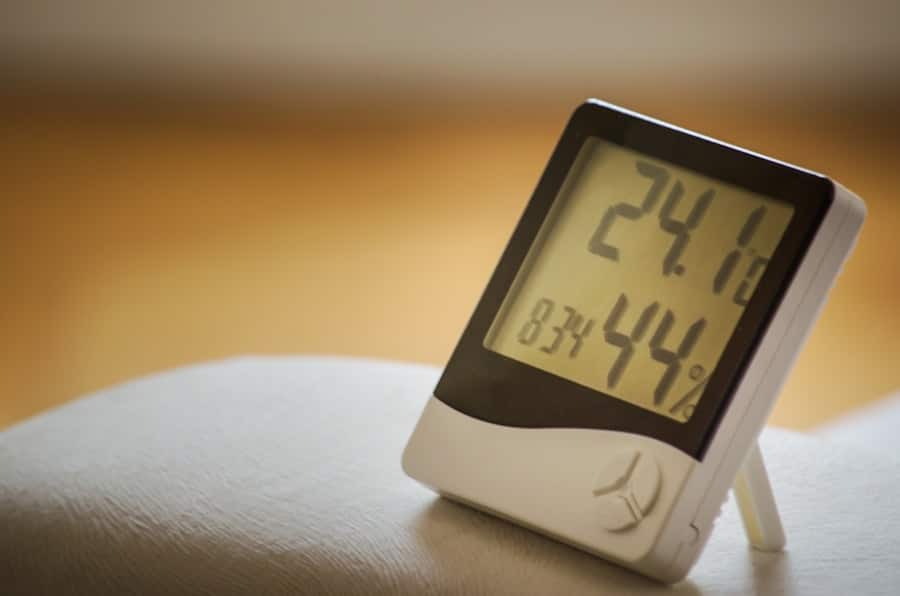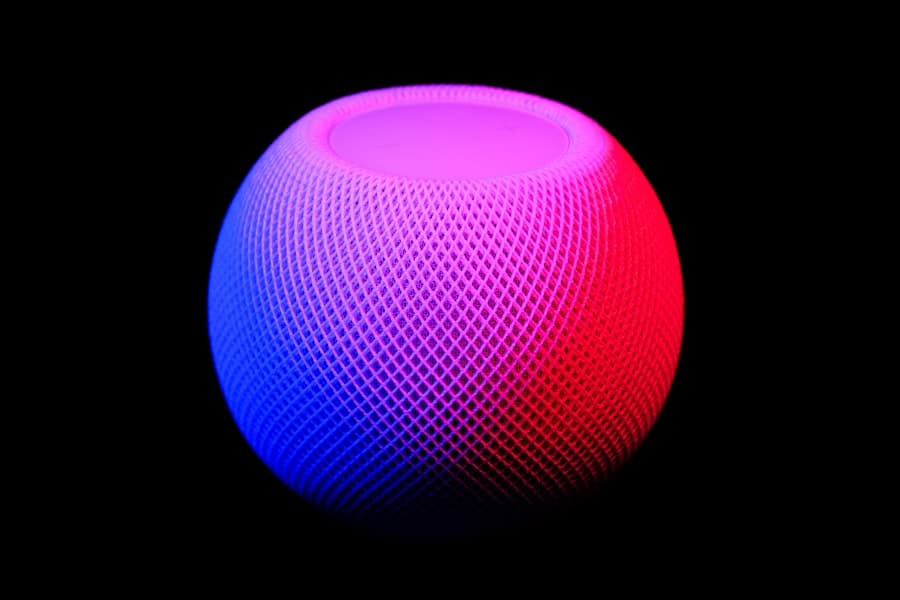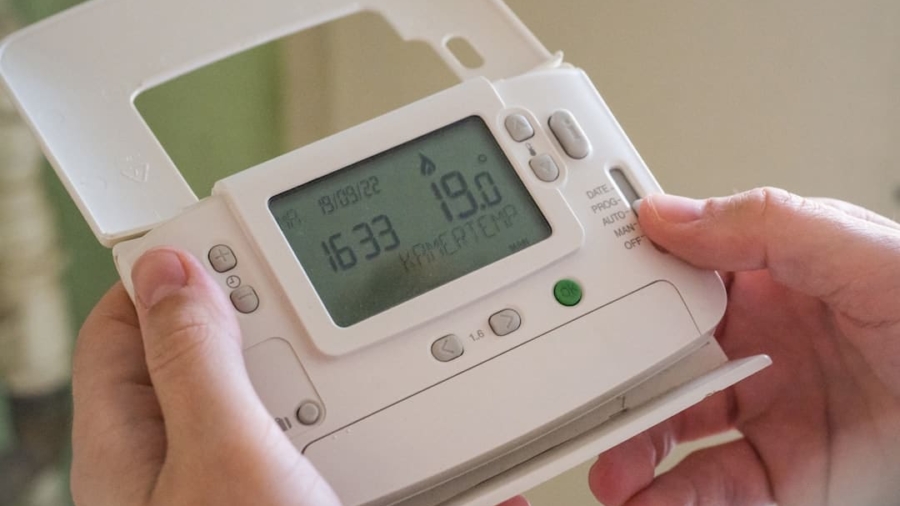The advent of artificial intelligence (AI) and the Internet of Things (IoT) has revolutionized various sectors, and the home office is no exception. As remote work becomes increasingly prevalent, the integration of these technologies is transforming how individuals approach their daily tasks. AI refers to the simulation of human intelligence processes by machines, particularly computer systems, while IoT encompasses the interconnection of everyday devices to the internet, allowing them to send and receive data.
Together, these technologies create a synergistic effect that enhances productivity, efficiency, and overall work experience in a home office setting. In a world where flexibility and adaptability are paramount, AI and IoT provide tools that cater to the unique needs of remote workers. From smart assistants that manage schedules to IoT-enabled devices that optimize workspace conditions, these technologies are designed to streamline operations and foster a more productive environment.
The integration of AI and IoT not only facilitates better communication and collaboration but also enhances task automation, personalizes workspaces, and improves security measures. As we delve deeper into the various aspects of how these technologies impact home office productivity, it becomes evident that they are not merely conveniences but essential components of modern work life.
Key Takeaways
- AI and IoT technologies can greatly enhance home office productivity by streamlining communication, automating tasks, and personalizing the work environment.
- These technologies can improve communication and collaboration among remote teams, making it easier to share information and work together effectively.
- Task automation and efficiency can be enhanced through AI and IoT, allowing for more streamlined workflows and increased productivity.
- Personalized work environments and comfort can be achieved through AI and IoT, creating a more enjoyable and productive home office space.
- Improved security and data protection measures can be implemented using AI and IoT, ensuring that sensitive information is kept safe and secure.
Streamlining Communication and Collaboration
Effective communication is the backbone of any successful team, and AI and IoT play pivotal roles in enhancing this aspect within home offices. With the rise of remote work, traditional communication methods have evolved into more sophisticated platforms that leverage AI capabilities. For instance, tools like Slack and Microsoft Teams utilize AI algorithms to prioritize messages, suggest responses, and even schedule meetings based on participants’ availability.
This not only saves time but also ensures that important communications are not overlooked amidst the noise of daily interactions. Moreover, IoT devices such as smart speakers and video conferencing systems have transformed how teams collaborate remotely. Devices like Amazon Echo Show or Google Nest Hub can facilitate video calls with ease, allowing for seamless interaction among team members regardless of their physical locations.
These devices often come equipped with features like voice recognition and screen sharing, which enhance the collaborative experience. By integrating these technologies into their workflows, remote workers can maintain a sense of connection with their colleagues, fostering teamwork and creativity even when miles apart.
Enhancing Task Automation and Efficiency

One of the most significant advantages of incorporating AI into home office productivity is the ability to automate repetitive tasks. AI-driven applications can handle mundane activities such as scheduling appointments, managing emails, or even generating reports. For example, tools like Zapier allow users to create automated workflows that connect different applications, enabling tasks to be completed without manual intervention.
This not only frees up valuable time for remote workers but also reduces the likelihood of human error in routine processes. IoT devices further enhance this automation by providing real-time data that can inform decision-making. Smart thermostats can adjust temperatures based on occupancy patterns, while IoT-enabled printers can monitor ink levels and reorder supplies automatically.
Such efficiencies contribute to a more streamlined workflow, allowing individuals to focus on higher-value tasks that require critical thinking and creativity. The combination of AI’s analytical capabilities with IoT’s real-time data collection creates an environment where productivity can flourish.
Personalized Work Environment and Comfort
Creating a personalized work environment is crucial for maintaining motivation and productivity in a home office setting. AI technologies can analyze individual work habits and preferences to tailor the workspace accordingly. For instance, smart lighting systems can adjust brightness based on the time of day or the specific tasks being performed.
Similarly, AI-driven climate control systems can learn an individual’s comfort preferences over time, ensuring optimal conditions for focus and productivity. IoT devices also contribute significantly to personalizing the work environment. Smart desks equipped with sensors can track posture and suggest adjustments to promote ergonomic health.
Additionally, IoT-enabled coffee makers can be programmed to brew a fresh cup at a specific time, providing a comforting ritual that enhances the work experience. By leveraging these technologies, remote workers can create an environment that not only meets their functional needs but also supports their well-being and productivity.
Improved Security and Data Protection
As remote work becomes more commonplace, concerns about security and data protection have intensified. The integration of AI and IoT into home office setups offers innovative solutions to address these challenges. AI algorithms can analyze user behavior patterns to detect anomalies that may indicate security breaches.
For example, if an employee’s account is accessed from an unusual location or device, AI systems can trigger alerts or even lock the account until further verification is completed. IoT devices also play a crucial role in enhancing security measures within home offices. Smart locks can provide secure access control to home offices, allowing users to monitor who enters or exits their workspace remotely.
Additionally, security cameras equipped with AI capabilities can differentiate between familiar faces and strangers, sending alerts when unauthorized individuals are detected. By implementing these advanced security measures, remote workers can safeguard sensitive information and maintain a secure working environment.
Optimizing Energy Usage and Cost Savings

Real-time Energy Monitoring
Smart energy management systems can monitor energy consumption patterns in real-time, providing insights into usage trends that help individuals make informed decisions about their energy consumption. For instance, smart plugs can be programmed to turn off devices during non-working hours or when they are not in use, reducing unnecessary energy expenditure.
Predictive Energy Needs
Moreover, AI algorithms can analyze historical data to predict energy needs based on work schedules and seasonal changes. This predictive capability allows for more efficient heating or cooling of home offices, ensuring comfort while minimizing energy costs.
A Win-Win Scenario
By adopting these technologies, remote workers not only contribute to environmental sustainability but also enjoy reduced utility bills—a win-win scenario that underscores the practical benefits of integrating AI and IoT into their workspaces.
Monitoring and Managing Health and Wellness
The importance of health and wellness in the workplace cannot be overstated, especially in a home office setting where boundaries between work and personal life often blur. AI-driven health monitoring applications can track various metrics such as physical activity levels, sleep patterns, and even stress indicators through wearable devices. This data empowers individuals to make informed decisions about their health routines, promoting a balanced lifestyle amidst the demands of remote work.
IoT devices also contribute significantly to wellness management by creating an environment conducive to physical and mental well-being. For example, air quality monitors can detect pollutants or allergens in the workspace, prompting users to take action to improve air quality through ventilation or air purification systems. Additionally, smart fitness equipment can provide personalized workout recommendations based on individual fitness goals and progress tracking.
By leveraging these technologies, remote workers can prioritize their health while maintaining productivity in their home offices.
Future Trends and Implications for Home Office Productivity
As technology continues to evolve at a rapid pace, the future of home office productivity will likely be shaped by advancements in AI and IoT. One emerging trend is the increasing use of virtual reality (VR) and augmented reality (AR) tools for remote collaboration. These immersive technologies have the potential to create virtual workspaces where teams can interact as if they were physically present together, enhancing collaboration beyond traditional video conferencing methods.
These assistants could handle everything from scheduling meetings to prioritizing tasks based on deadlines and individual preferences. Such advancements would not only streamline operations but also allow remote workers to focus on strategic initiatives rather than getting bogged down by administrative tasks.
As these technologies continue to advance, they will undoubtedly reshape our understanding of productivity, collaboration, and well-being in remote work environments. Embracing these innovations will be essential for individuals seeking to thrive in an increasingly interconnected world.
In a related article, How One Founder Realized the Potential of Sustainable Energy, the focus is on the innovative ways in which technology is being used to harness sustainable energy sources. This article highlights the importance of incorporating eco-friendly practices into our daily lives, which can also be applied to home office productivity. By utilizing AI and IoT to optimize energy usage and reduce waste, individuals can not only improve their productivity but also contribute to a more sustainable future.
FAQs
What is AI and IoT?
AI, or artificial intelligence, refers to the simulation of human intelligence in machines that are programmed to think and learn like humans. IoT, or the Internet of Things, refers to the network of physical devices, vehicles, home appliances, and other items embedded with sensors, software, and other technologies for the purpose of connecting and exchanging data with other devices and systems over the internet.
How are AI and IoT improving home office productivity?
AI and IoT are improving home office productivity by automating routine tasks, providing real-time data and insights, enabling remote monitoring and control of devices, and facilitating seamless communication and collaboration.
What are some examples of AI and IoT applications in home offices?
Examples of AI and IoT applications in home offices include smart thermostats for energy efficiency, voice-activated virtual assistants for scheduling and reminders, smart lighting systems for optimal work conditions, and remote access to office equipment and security systems.
What are the potential benefits of AI and IoT in home offices?
The potential benefits of AI and IoT in home offices include increased efficiency and productivity, cost savings through energy management, improved work-life balance, and enhanced connectivity and communication with colleagues and clients.
Are there any potential drawbacks or concerns with AI and IoT in home offices?
Potential drawbacks or concerns with AI and IoT in home offices include data privacy and security risks, potential job displacement due to automation, and the need for reliable internet connectivity for seamless operation of IoT devices.

